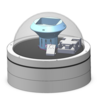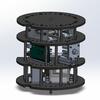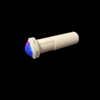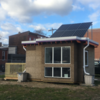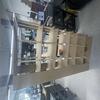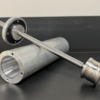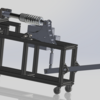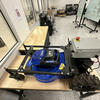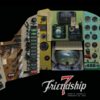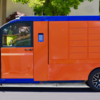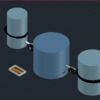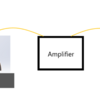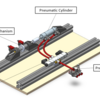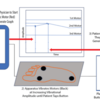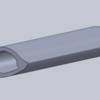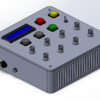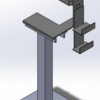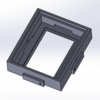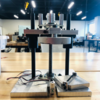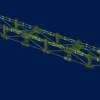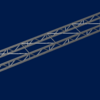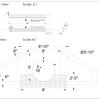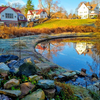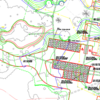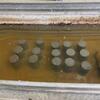Senior Design is the culmination of the hard work put in by our engineering students. It offers the opportunity to put the theories and concepts learned over your engineering education at Temple into action.
Working in groups, students find a project focus, develop a plan of action, and collaborate, often finding it necessary to repeat or adjust, for a final project where they bring these ideas to life. Then comes a presentation and competition just before graduation. Some also use their projects to enter outside national or regional competitions. The journey teaches some valuable lessons about your future path as an engineer.
In-Person Presentations: Friday, April 19th
Engineering Room 305 (or via Zoom link>)
Engineering Room 306 (or via Zoom link>)
Engineering Room 312 (or via Zoom link>)
Poster Day Spring 2024
Friday, April 26th
SERC Lobby
12-1pm faculty + invited guests
1-3pm Open to public
Top Teams
1st Place - Team 2: NASA NEBP Solar Eclipse Ballooning
2nd Place - Team 10: Regenerative Energy Suspension
3rd Place - Team 17: Pneumatic Paddle Shifting System
4th Place - Team 7: Developing Vibration Absorber for Morgan Hall
5th Place - Team 26: ASCE Steel Bridge (3)
6th Place - Team 27: Culvert Design For Stream Protection



